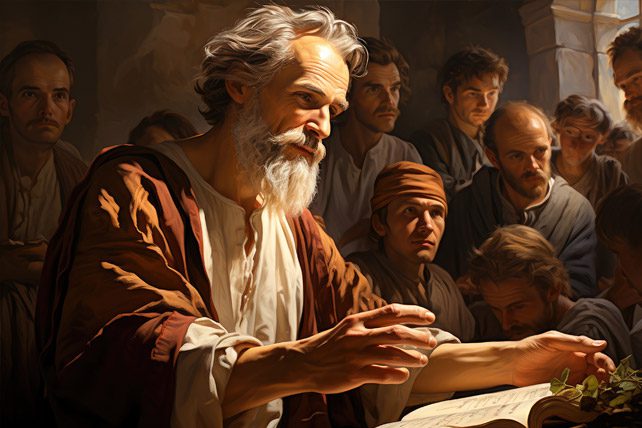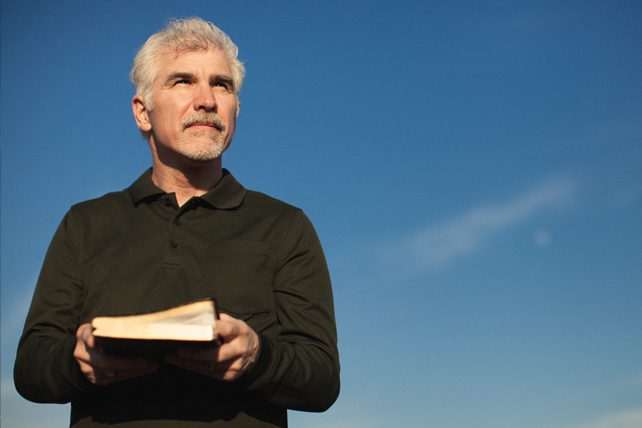In the journey of faith, scripture offers men a source of strength, guidance, and encouragement. Whether you’re a man seeking personal growth, a pastor looking for powerful verses to share with your congregation, or anyone in need of deep inspiration, the Bible is replete with passages that speak directly to men’s hearts and challenges. In this article, we will explore some of the best Bible verses for men that provide strength, wisdom, and inspiration for all aspects of life.
Biblical Wisdom for Men’s Leadership
The call to leadership is prominent in the lives of many men, and the Bible provides instruction and wisdom for those who lead their families, communities, and churches. Biblical teachings on leadership do not merely relate to status or power but instead focus on character, service, and the responsibility one holds toward others.
The Principle of Mutual Edification
Proverbs 27:17 – “As iron sharpens iron, so one person sharpens another.”
This proverb speaks volumes about the communal nature of growth and the value of relationships among men. In leadership, it emphasizes the importance of mutual edification and the positive influence leaders can have on their peers and followers. A true leader recognizes that he is not above others but walks alongside them, contributing to their development as they contribute to his. This interaction fosters a community where everyone is committed to sharpening one another—improving skills, deepening faith, and strengthening character.
The Characteristics of a Godly Leader
1 Timothy 3:2-5 – “Now the overseer is to be above reproach, faithful to his wife, temperate, self-controlled, respectable, hospitable, able to teach…”
The Apostle Paul provides Timothy with a criterion for church leadership that extends well beyond the walls of the church and into every facet of life. The traits listed here—being above reproach, faithful, temperate, self-controlled, respectable, and hospitable—are not only indicators of a man’s ability to lead but also a blueprint for how men should aspire to live daily. It calls for deep scrutiny of one’s life and actions, aligning them with the virtues that typify Christ himself.
Embracing Humility and a Teachable Spirit
To be a leader after God’s own heart, one must embody bold humility and a teachable spirit. Biblical leadership is not about domineering, but about serving with a posture that values others’ contributions and wisdom. A humble leader is approachable and willing to listen, acknowledging that he does not have all the answers and embraces the lessons learned from every experience.
The Foremost Importance of Character in Leadership
More than any skill or talent, character is the foundation upon which godly leadership is built. Leaders are watched and emulated, their lives a testimony to those they guide. Character encompasses the personal qualities that enable men to exert a long-lasting positive influence on their families, their peers, their churches, and their communities.
Men of character reflect integrity, faithfulness, and sincerity, and through these virtues, they earn the trust and respect necessary to lead effectively.
Leadership according to the Bible is less about position and more about the condition of the heart. Men who seek to lead—and lead well—must immerse themselves in the Word, allowing it to shape them into leaders who not only speak of wisdom and strength but whose very lives are a living expression of these biblical principles.
Verses for Men on Strength and Courage
Men often face challenges that require courage and fortitude. Scripture offers verses that encourage men to be strong in the Lord and in their convictions, reminding them that true strength comes from faith and reliance on God’s power.
Finding Courage in God’s Command
Joshua 1:9 – “Have I not commanded you? Be strong and courageous. Do not be afraid; do not be discouraged, for the Lord your God will be with you wherever you go.”
The verse from Joshua is a rallying call that has emboldened countless men over the ages. As Joshua was tasked with leading the Israelites into the Promised Land—a formidable challenge fraught with uncertainty—it was God’s command for strength and courage that equipped him for the journey ahead. This verse speaks directly to men today, serving as a potent reminder that God does not just suggest strength and courage but commands it as an essential part of the male calling. It assures men that they are not abandoned in their quests; God’s presence is a guarantee of support and guidance.































